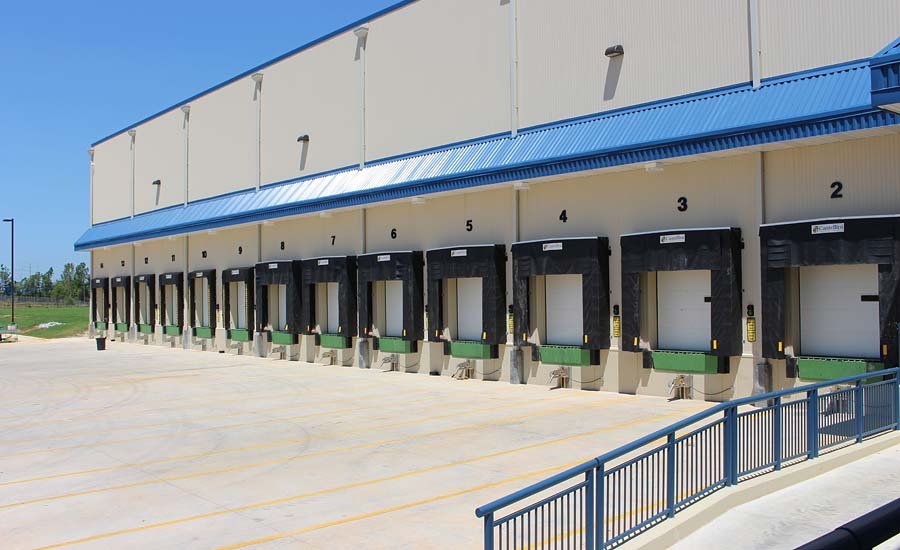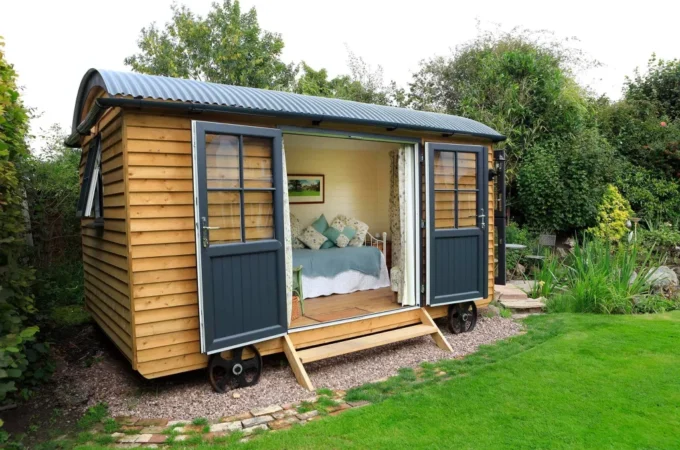
Improving Efficiency in Cold Storage Facilitie
The transportation and storage of perishable products might seem like a recent development in the supply chain, but temperature-sensitive goods have actually been transported around the world for hundreds of years in one form or another. While a lot has changed in that time, one thing that has remained constant is the challenge of improving the efficiency of cold storage facilities. There is no simple solution to improving efficiency as there are multiple factors which need to be taken into account but there are certain steps you can take to begin the task of optimising the efficiency of your own cold storage facility.
Energy

One of the most financially taxing aspects of running cold storage facilities is energy costs. Thankfully, these are one of the many ways you can improve efficiency in temperature-controlled facilities. Currently gaining popularity with businesses, thermal energy storage is just one of many ways that you can increase the efficiency of the cooling systems in facilities, lowering energy costs. Put simply, thermal energy storage allows you to store excess thermal energy to be used days, weeks, or even months later. In the context of cold storage facilities, this allows you to generate energy at night – when it is cheaper – and use it throughout the day to cool the required areas.
Another way to improve energy efficiency in cold storage facilities is to use energy management software. By using software to manage energy consumption in facilities, you can keep an eye on both the overall consumption of energy, along with the performance of individual units. This will allow you to increase efficiency by highlighting any units that are at high risk of breaking down or are underperforming.
Insulation

Insulation is key in cold storage facilities and goes hand in hand with both energy usage and maintaining a consistent temperature. While the facilities are generally well insulated, Cold storage doors often aren’t given enough thought when it comes to insulation. The problem with this is that doors without proper seals or insulation can allow the refrigerated air to seep out in any gaps, not only causing your cooling systems to work harder but also causing temperature irregularities.
System Optimisation

When it comes to large cold storage facilities, it’s vital to optimise the systems within the facility for maximum efficiency, and as the energy demand of units continues to rise, failing to optimise your systems can result in increasing outgoings. Aside from obvious choice such as ensuring that your cooling systems and freezers are all optimised, you should also look at optimising lighting throughout the facility, along with fan motors, and smart controls.
Hygiene
Any hygiene issues can easily become a problem in cold storage facilities. In order to prevent the spread or build-up of any harmful organisms, ensure that you have a regular hygiene inspection in place, and have taken steps to ensure that there is a proper procedure in place for the handling and storage of any at-risk goods. To this end, adding additional hygiene measures, such as strip curtains, will help you help you create an efficient entryway that will minimise the spread of any contaminants.
You should also regularly inspect walls and ceiling for any signs of mould or rot, as this is not only a health issue but can also cause disruptions. This because if mould or rot does become an issue in your cold storage facility, all stock will need to be inspected, then moved and stored elsewhere while you deal with the issue – creating extra workloads and decreasing the overall efficiency of the facility.




